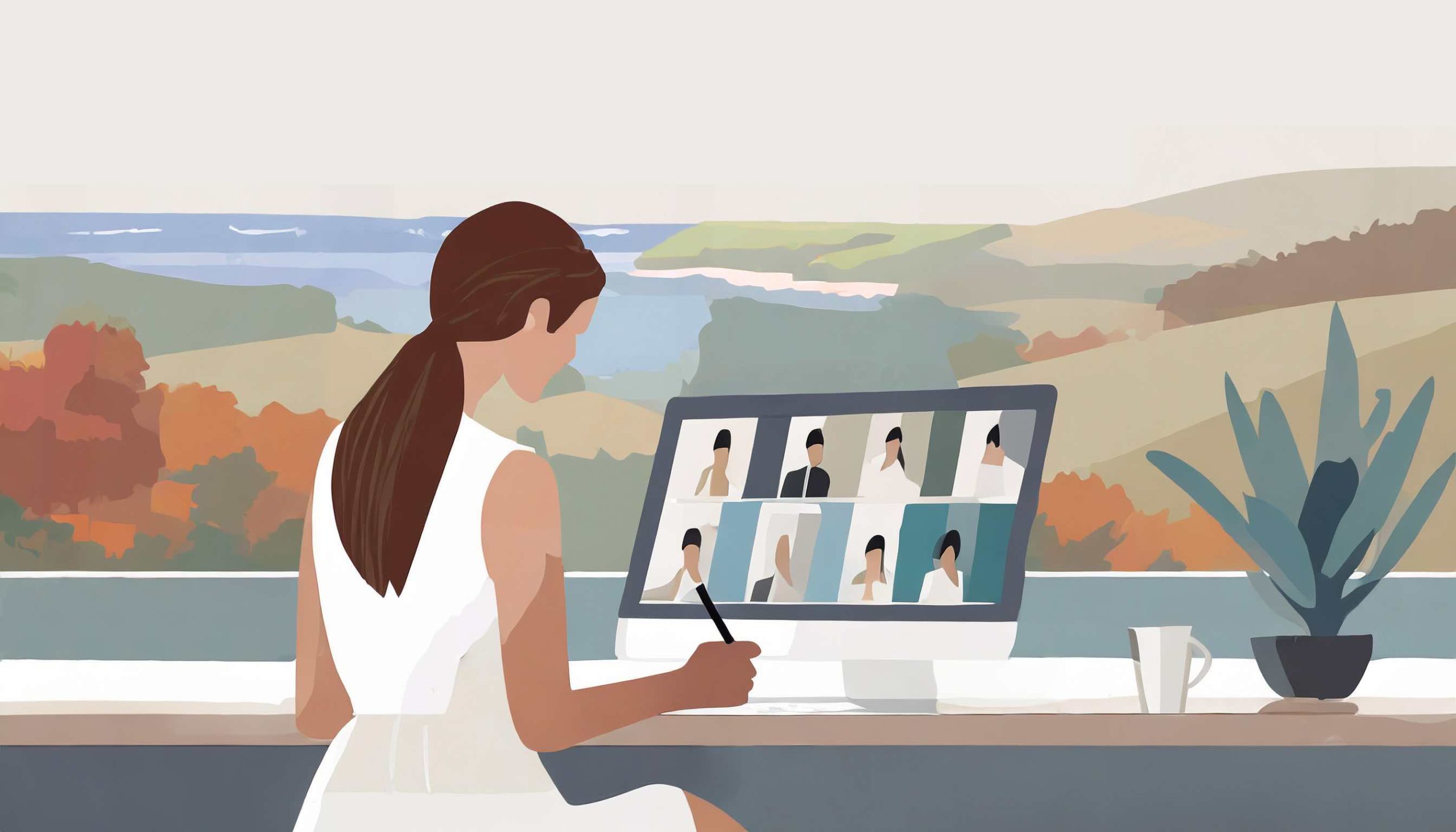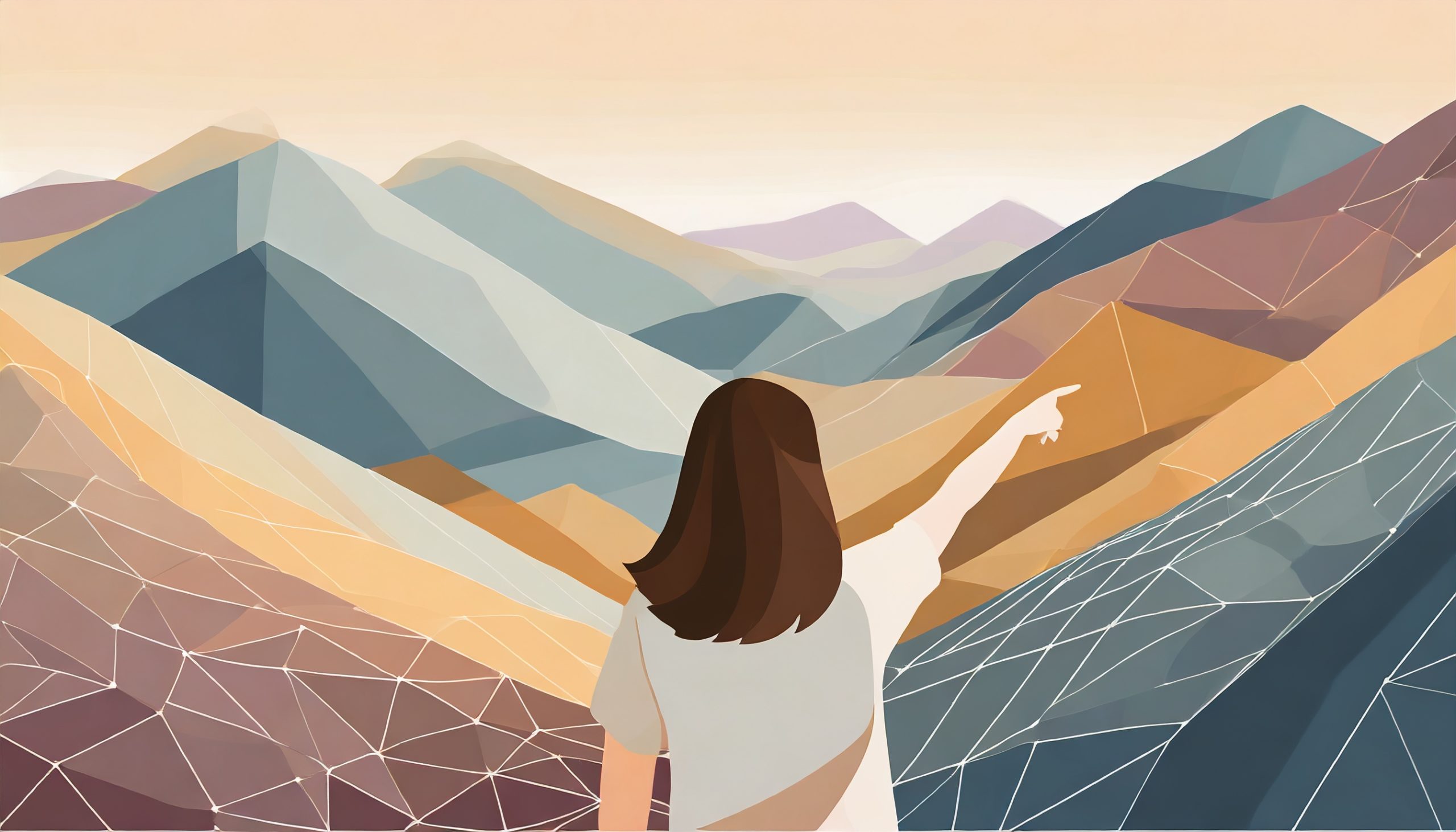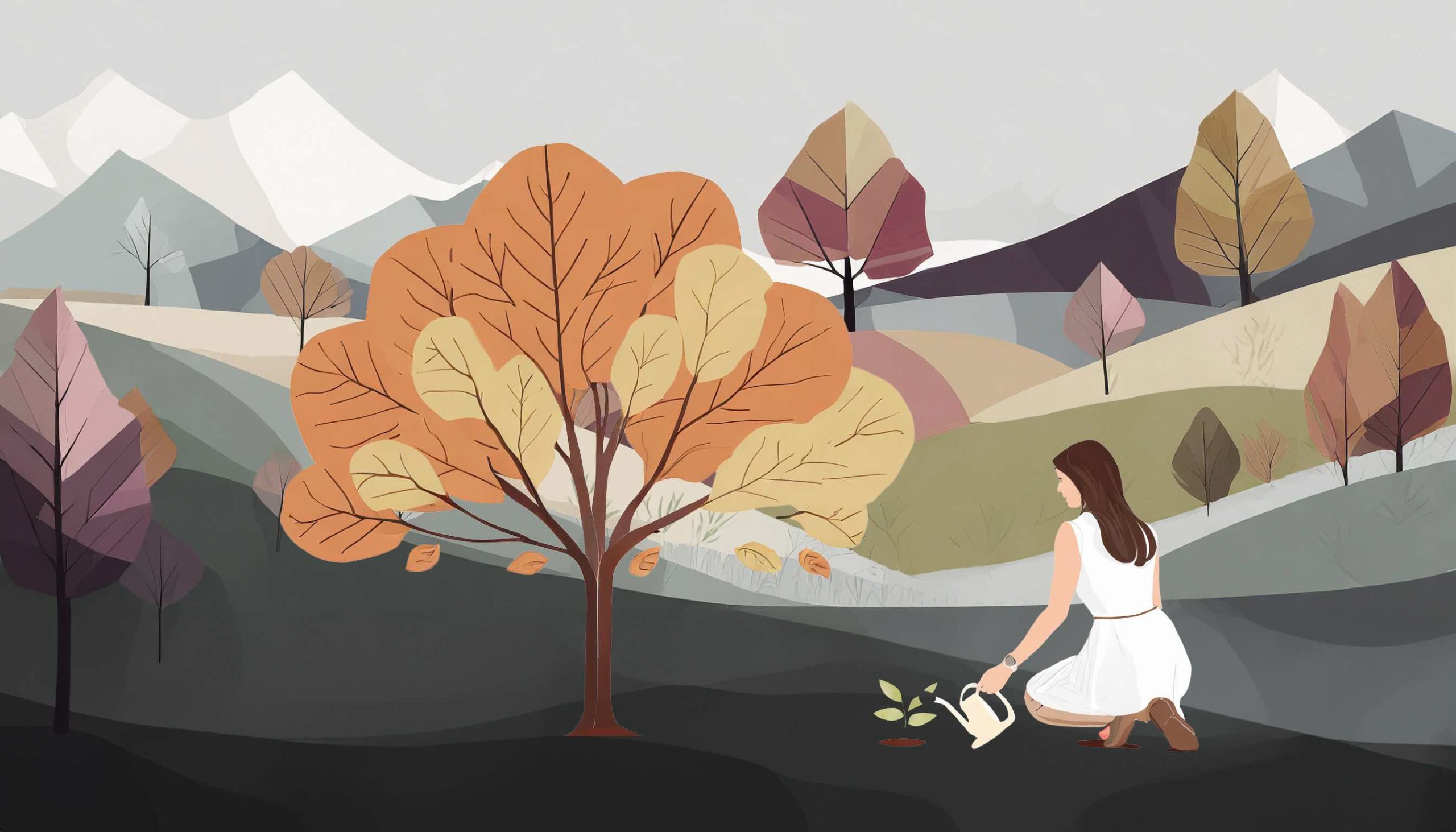Promoting inclusive environments with thoughtful design, allowing diverse learners and employees to thrive.
Learners and employees today need experiences that embrace the power of the technology and world in which we live. With tools such as AI, we have the ability to deliver experiences that align with a diverse individual's unique needs and goals in a way that encourages them to pursue their greatest potential. I advocate for innovation to create the positive environments in which individuals thrive through a strengths-based lens that applies across the lifespan from early education to adulthood. As an innovation leader, I provide thoughtful opportunities for diverse individuals that meet them where they are and mentor them as they strive towards their goals. As a graduate professor, conference speaker, and published author in academic journals, I promote a shift in perspective from deficit-based to strengths-focused through the thoughtful use of technology as a means of individualizing experiences for neurotypical and neurodivergent learners and employees.
48
Strength Assessments Given
1543
Codes Identified in Dissertation
1000s
Embracing Learning Strategies
Educating the Leaders of Tomorrow
As an adjunct professor at the Bridges Graduate School of Cognitive Diversity, I inspire future leaders to embrace diversity, create environments for success, and leverage technology to enable opportunities for all individuals across the lifespan. By pioneering a new approach to the program's IEC722: Innovative Uses of Technology, I delivered an experience that forced leaders to step outside of their tech-fears and embrace more than 75+ unique tools from a user-centric perspective. Together, we identified ways to unlock access, enable acceleration, build social connection, and foster creativity.
Creating Strengths-based Environments
With a strengths-based lens, identifying the strengths of any individual becomes simple. I guide employers, parents, and individuals in identifying strengths and talents as the first step in creating talent development opportunities. In recent years, I have created talent development opportunities for shell scripting and operating system developers, innovative battery engineers, photonics explorers, and particle accelerator enthusiasts.
Building engagement in learners and employees occurs when individuals are guided to recognize their strengths, given time to embrace their interests, and supported in finding opportunities to advance their talents. I not only see deeper commitment to every-day tasks but also improved self-worth, self-efficacy and sense of belonging. My dissertation focused on one method for creating such talent development opportunities through the study of mentorships. Learn more about this strategy in the Case Study below.
Building Creative & Inclusive Cultures
I am passionate about supporting neurodivergent individuals, embracing diversity, and celebrating creativity. Very often, these characteristics emerge together in individuals engaged in innovation. As a highly sensitive design leader with a profound interest in human behavior, it is easy for me to connect with creative individuals and ideate on the strategies that will enable them to thrive.
My doctorate in innovative leadership and cognitive diversity in education has prepared me to create work and learning experiences that align with the needs of target users and enable authentic engagement across the lifespan. As a trained assessor for creative thinking abilities and strengths-based awareness, I am able to harness the strengths and talents of individuals to build intrinsic motivation. Through careful attention to the culture, environment and approach, we create engaged individuals who's gifts are highlighted.
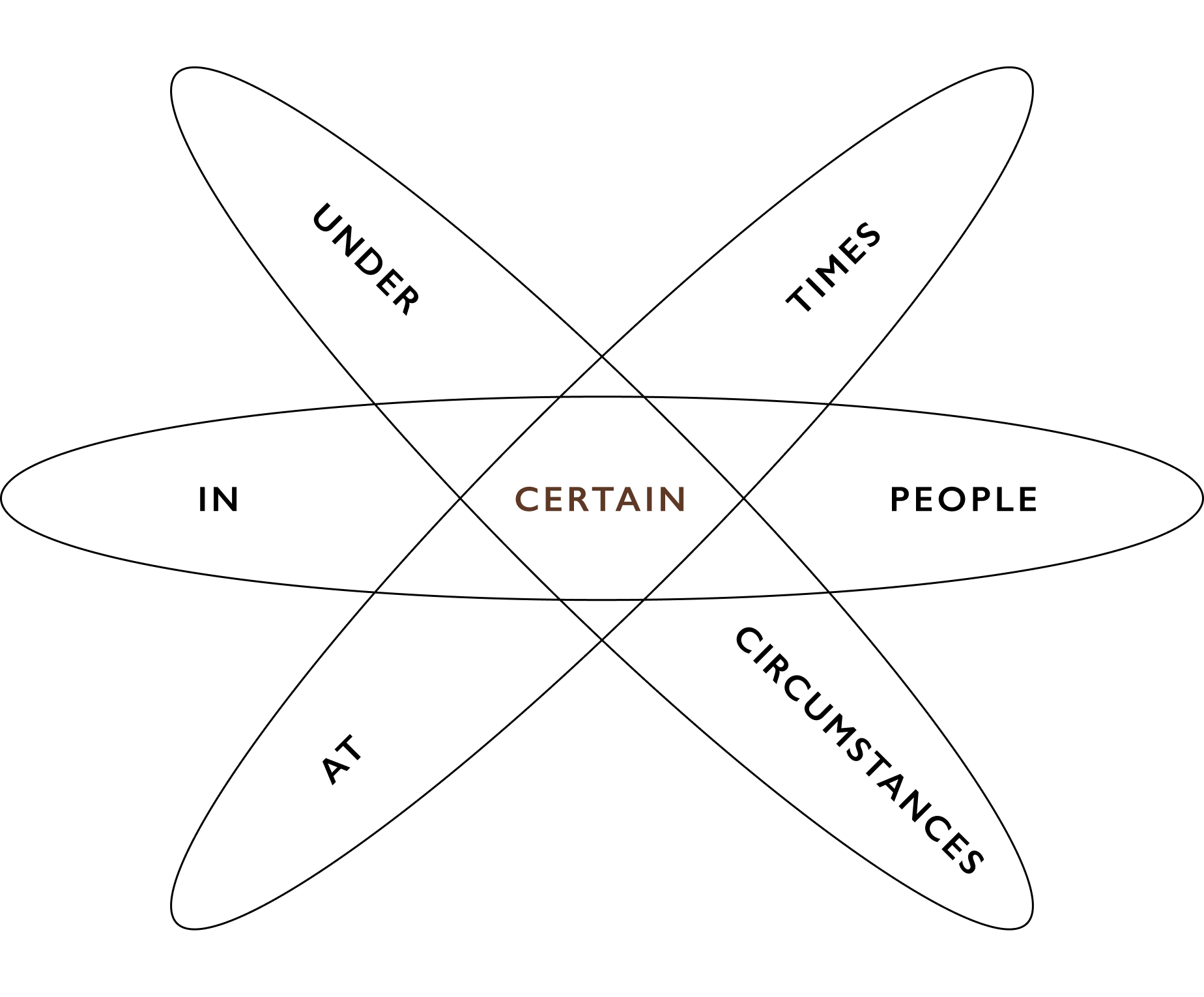
An illustration reminding us that giftedness appears In Certain People, At Certain Times, and Under Certain Circumstances. -Renzulli
Fostering Psychologically-Safe Cultures
Individuals of all ages benefit positive experiences that support a sense of belonging, connection, and felt safety. To achieve this, we must conisder the 5 elements of an environment. The Emotional, Creative, Social, Physical, and Intellectual environments must be balanced for an individual to truly thrive.
While some individuals need assistive technologies such as screen readers or touch interfaces to effectively engage in environments, others need modern approaches that focus on teaching individuals how to think rather than what to think. Tools such as AI allow for the customization of learning and employment experiences while tools such as virtual meeting-based interactions open a world of opportunities for individuals that need more than their limited geographical region allows.
I have created innovative programs that highlight technology to support authentic experiences, mentorships in highly specialized interest areas with mentors around the globe, and advanced learning content that requires touch and virtual technology to deliver effectively. Effectively leveraging technology in the learning and work experience can dramatically shift the outcome for diverse individuals.

An illustration highlighting the key elements of a successful learning environment.
Championing for Change
I believe that learning is the next great space for innovation. The change has begun but more is needed. As an educator, researcher, and designer with decades of experience driving innovation to meet the needs of target user groups, I am eager to continue to innovate in the learning space.
I am currently publishing in academic journals, speaking at educational conferences, and serving as a graduate school professor. In these roles, I advocate for innovation in learning with a strengths-based lens. I am partnering with educators, schools, and employers to embrace neurodivergence and foster the environments in which diverse individuals thrive. I am creating groups of parents, academics, and lived-experience individuals to discuss hot topics in neurodiversity and learning as a means of shining the light on opportunities for innovation.
I am active in the learning field to build awareness of the needs for change and to catalog learnings that will lead me towards the innovative ideas that I hope to bring to life as I manage a design team inside of a creative product development company.
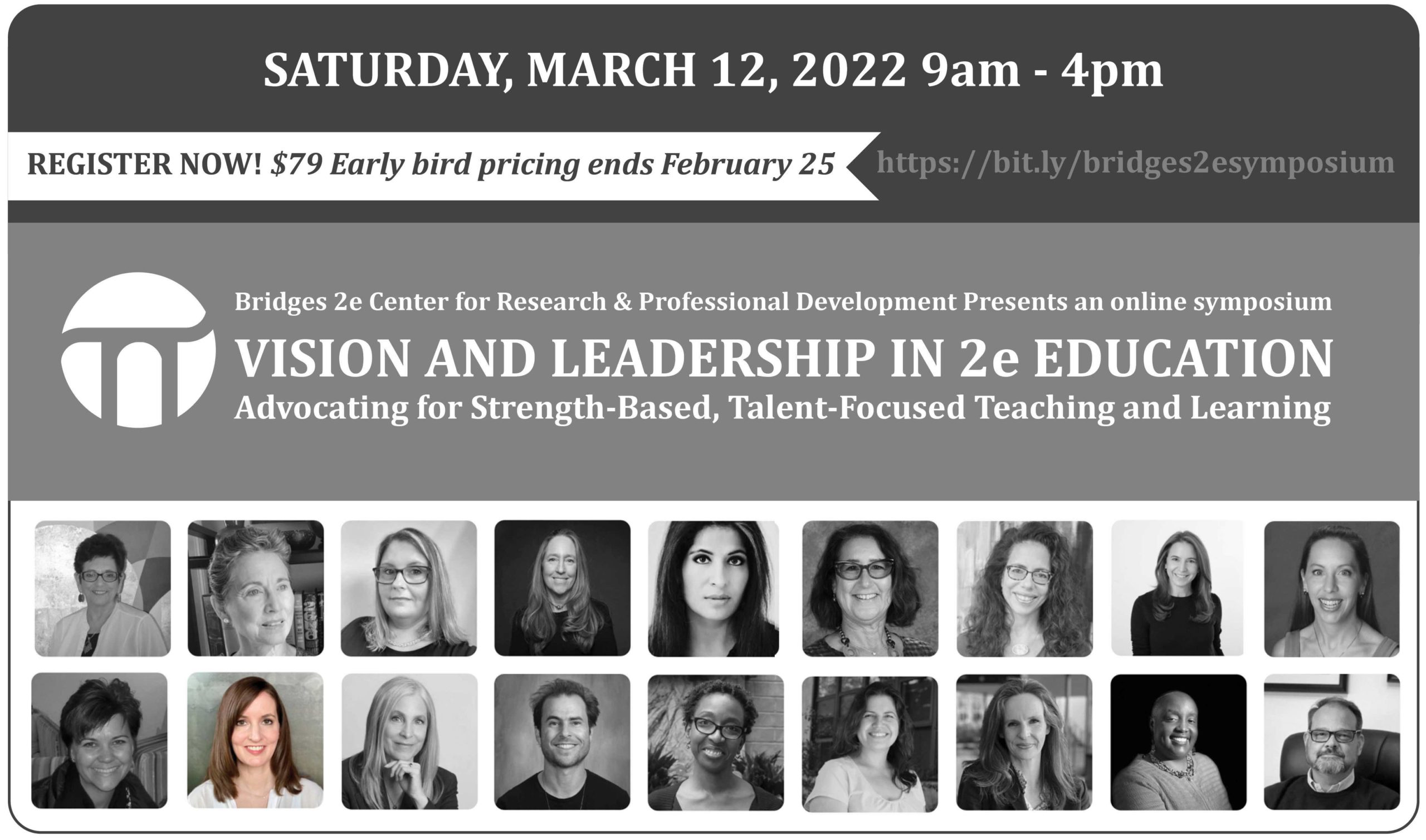
One of many speaking engagements, publications, and opportunities to engage in conversation around learning innovation.
CASE STUDY | TR2E
Project: Using a qualitative case study approach, investigate the value of strengths-focused virtual meeting-based mentoring relationships for gifted individuals with anxiety.
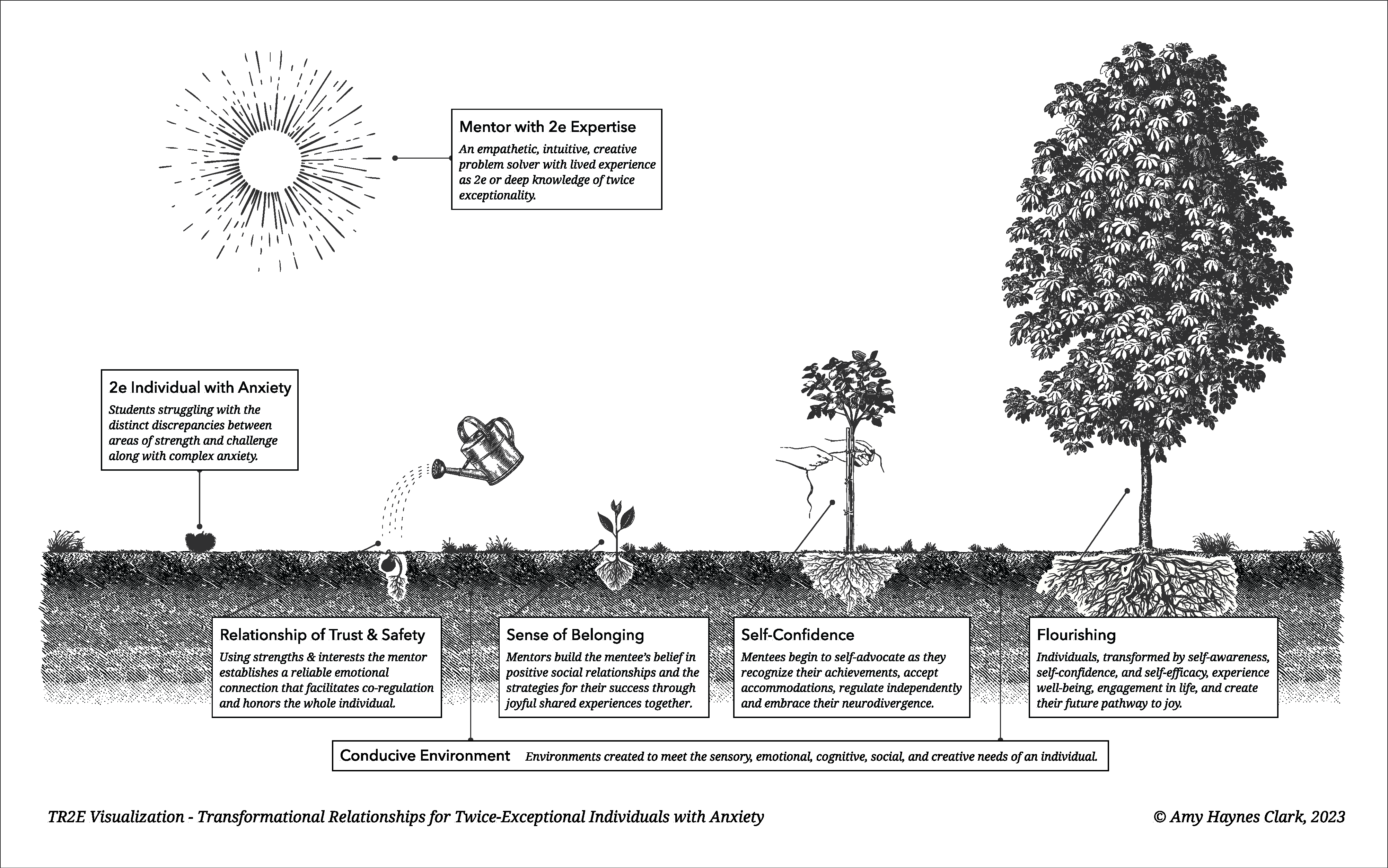
Role: Researcher, Dissertation Author, Visualization Creator
Process: I created the project as the focus of my problem of practice towards requirements for my doctorate degree. The proposal was one of personal interest and allowed me to investigate an area of opportunity I had established in the field. My research was co-chaired by two well published leaders in the field of creatively gifted individuals. The research followed the following key steps:
- Identification of a clear problem space
- Recruitment of representative cases willing to participate
- Live Zoom-based interviews with all parties in each case
- Transcription and coding of interview data
- Identification of code themes and subthemes
- Authoring of 200 page dissertation reporting results as deep profiles and findings
- Creation of the TR2E visualization which succinctly summarizes key findings from the study
- Defense of the dissertation to graduate school committee
Results: The dissertation is published by ProQuest. Presentation of the findings was completed on the 2024 conference circuit. The National Association of Gifted Children featured it as a journal article in their January 2024 special issue.
Detailed case study available upon request.
Selected Works
